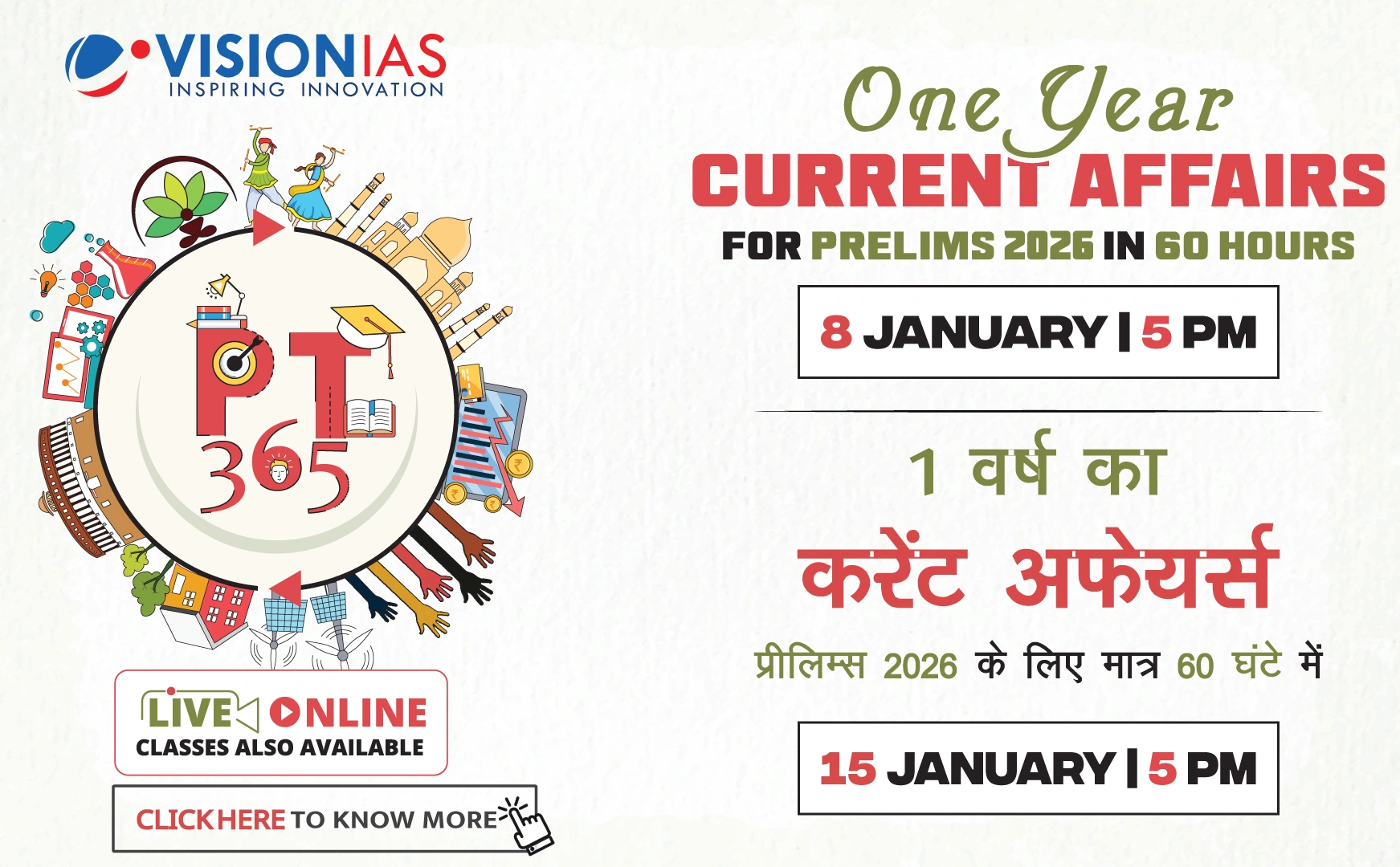India's Logistics Cost and Economic Transformation
The logistics cost in India has historically been perceived as a significant burden, estimated at 13-14% of GDP, which was higher than global standards and termed as a "hidden tax" that hindered competitiveness. However, this belief has been revised based on new data.
Recent Findings and Comparisons
- The Indian government, supported by studies from NCAER and DPIIT, has revised the logistics cost to 7.97% of GDP for 2023-24.
- This new figure aligns India with advanced economies: the United States (8.8%), Germany (8%), and Australia (8.6%).
Methodology and Key Statistics
- The estimate used a hybrid approach combining macro datasets and over 3,500 stakeholder surveys.
- India's logistics cost is valued at ₹24.01 trillion, 9.09% of non-services output.
- Road transport is predominant, costing ₹3.78 per tonne/km compared to rail and waterways.
- Smaller firms with turnovers below ₹5 crore face higher logistics costs, averaging 17% of turnover.
Challenges and Opportunities
- Despite improved figures, structural challenges remain, such as high road transport costs and warehousing expenses.
- Export-import logistics continue to be hampered by port bottlenecks and documentation issues.
Strategic Initiatives and Goals
- Plans are in place to reduce road freight’s modal share from 71% to below 10% by 2030, while increasing rail's share.
- Projects like PM Gati Shakti, dedicated freight corridors, and multimodal logistics parks aim to enhance multimodal networks.
- The government aims to bring logistics costs closer to 7% of GDP by 2030.
Implications and Future Outlook
- This new understanding signals reduced logistical penalties for investors and shifts focus from constraints to opportunities for industry.
- The updated logistics statistic of 7.97% is pivotal to India's economic narrative, emphasizing coordinated reforms and credible data.
The report underscores a transformational phase in India's logistics sector, aligning closer with global standards and supporting the vision of a $5 trillion economy through strategic reforms and infrastructure development.



